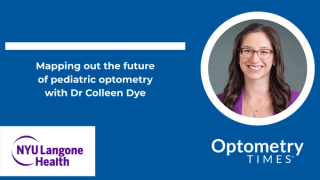
Pediatrics
Latest News
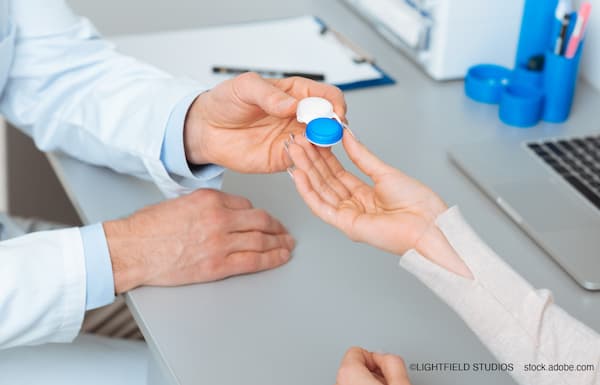
Latest Videos

Podcasts
CME Content
More News

Santen introduces low-dose atropine in Germany, marking a significant advancement in myopia management for children amid a global epidemic.
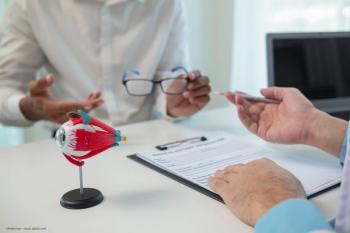
New research reveals collagen mimetic peptides may effectively restore ocular tissue stiffness, offering hope for myopia and other eye diseases.

A recent study reveals that ADHD in schoolchildren correlates with lower myopia prevalence and shorter eye length, suggesting intriguing links between vision and attention disorders.

The primary study outcomes were the cumulative incidence rate of myopia, with myopia defined as an SER −0.50 diopter (D) or less and the percentage of participants who had a fast myopic shift that was defined as a spherical equivalent myopic shift of 0.50 D or greater over the course of 1 year.

A study reveals that secondhand smoke significantly increases the risk of myopia in Chinese children, highlighting the need for smoke-free environments.
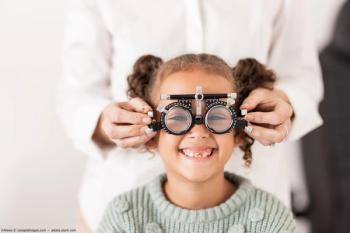
The expansion includes community health centers in the greater Boston area and Rhode Island.
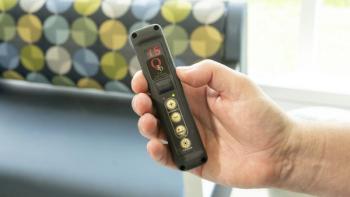
The device was developed by Curators’ Distinguished Teaching Professor Carl Bassi and research collaborators Michael Howe and Wayne Garver of the University of Missouri – St Louis.

The 0.1 mg/mL atropine eye drop for pediatric myopia is licensed from Sydnexis, Inc.

An official approval by the FDA in the United States can boost adoption rate of atropine and antimyopia glasses, which will change the landscape of myopia management.
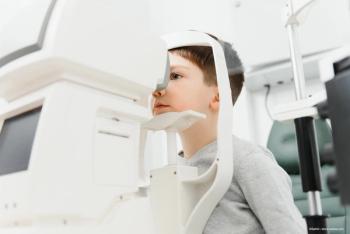
The investigators described the CASIA2 (Tomey Corporation) instrument, which is a new AS-OCT device with a swept-source laser wavelength of 1310 nm that can scan at a speed of 50,000 A-scan/second.

New data from North American and Chinese clinical trials reinforce the safety, efficacy, and durability of DOT lenses in slowing pediatric myopia progression, without evidence of rebound.

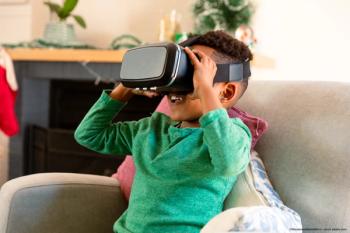
Insurance coverage from the second largest health plan in the US paves the way for expanded access to Luminopia’s unique amblyopia therapeutic.
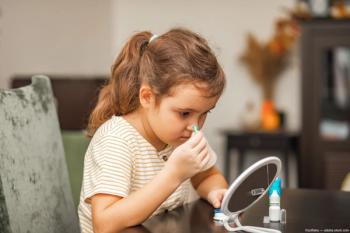
After treatment cessation, eye growth returned to age-expected levels and the accumulated myopia control treatment gains were retained over the following 12 months after treatment was ceased.
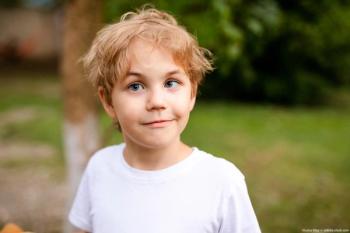
This expansion marks the first FDA clearance for an amblyopia treatment for this age range in more than 2 decades.
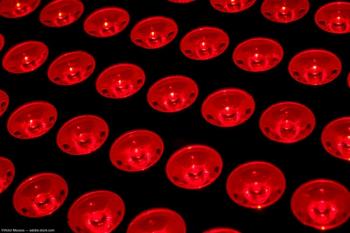
Researchers found that repeated therapy using low-level red light (RLRL) is a potential intervention to control myopia progression in children.
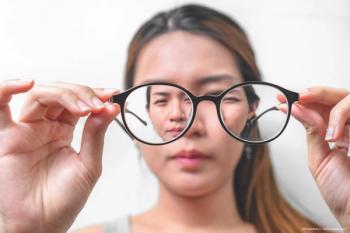
How studies into myopia management can increase access to vision care.

The affected mandate requires that all newborns receive erythromycin ointment applied to their eyes after birth, which helps prevent ophthalmia neonatorum.
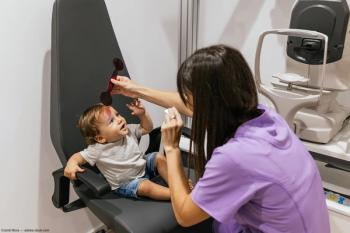
Educational tools, visual aids can help children with visual impairments thrive.

Good safety profile and “meaningful improvement” in vision in patient with Leber congenital amaurosis.
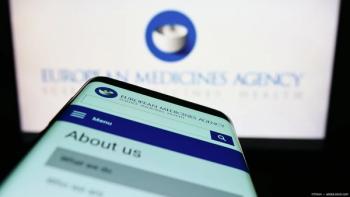
A pivotal phase 3 clinical trial found that SYD-101 met its 3-year primary end point for slowing pediatric myopia progression.
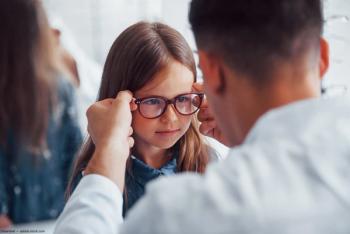
The study findings indicated that lifestyle changes associated with the COVID-19 pandemic were connected to an increase in childhood astigmatisms.
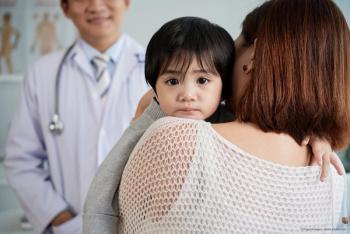
The research team conducted a prospective study to assess any barriers to parental compliance with vision testing in preschoolers aged 3 to 6 years in hopes of catching amblyopia earlier.
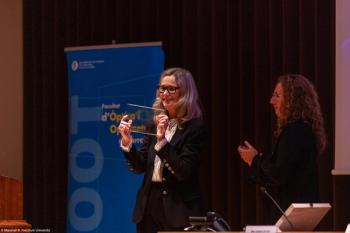
Cotter, OD, MS, FAAO, was recognized with the Optometrist of the Year Award by Universitat Politècnica de Catalunya Faculty of Optics and Optometry of Terrassa, and as the 2024 UAB School of Optometry’s Springer Lecturer.
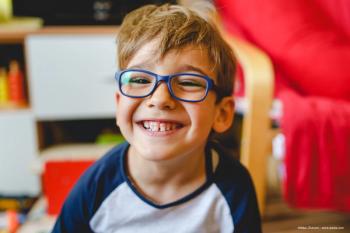
The updated range of lenses feature expanded negative and cylindrical powers, thinner edge thickness, and wider frame options.


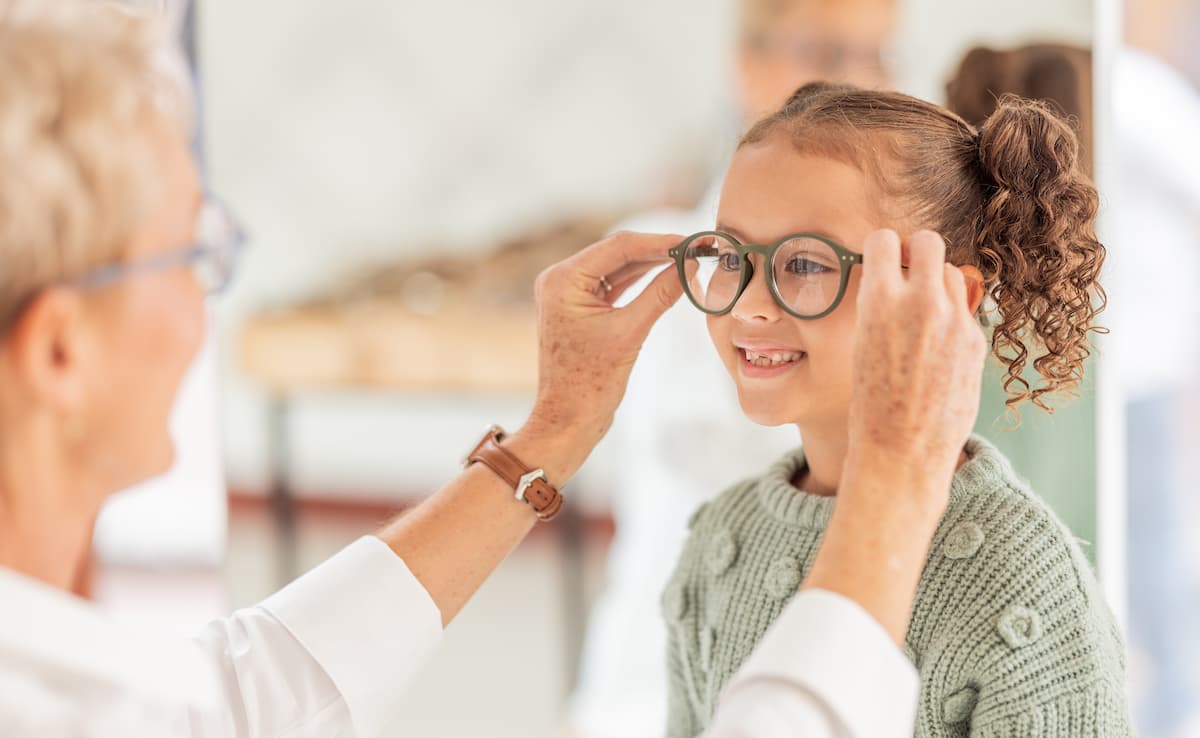
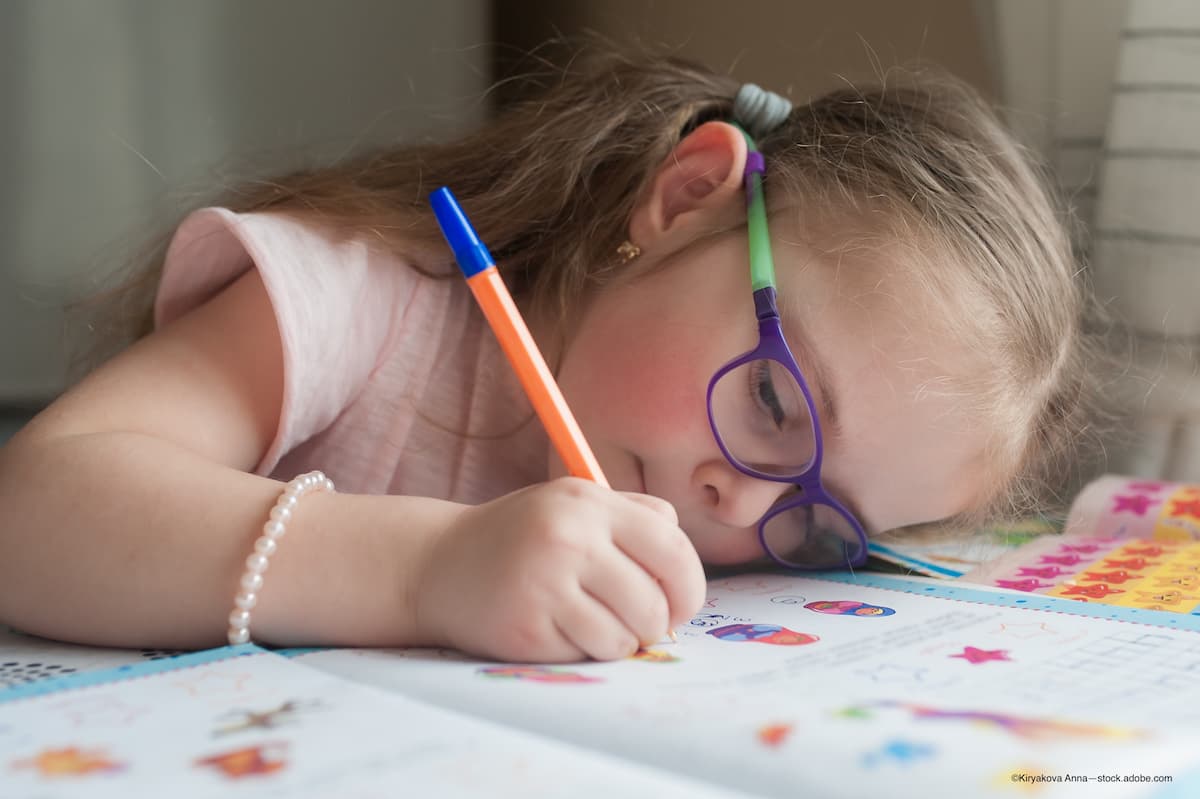
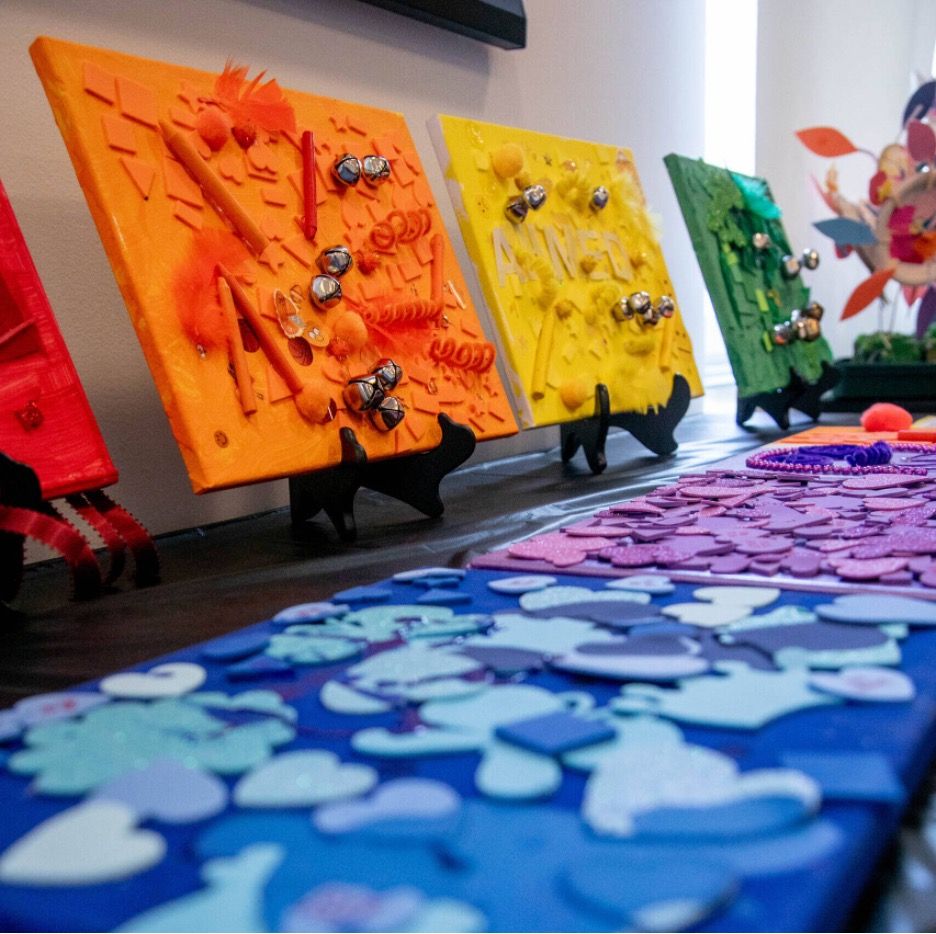
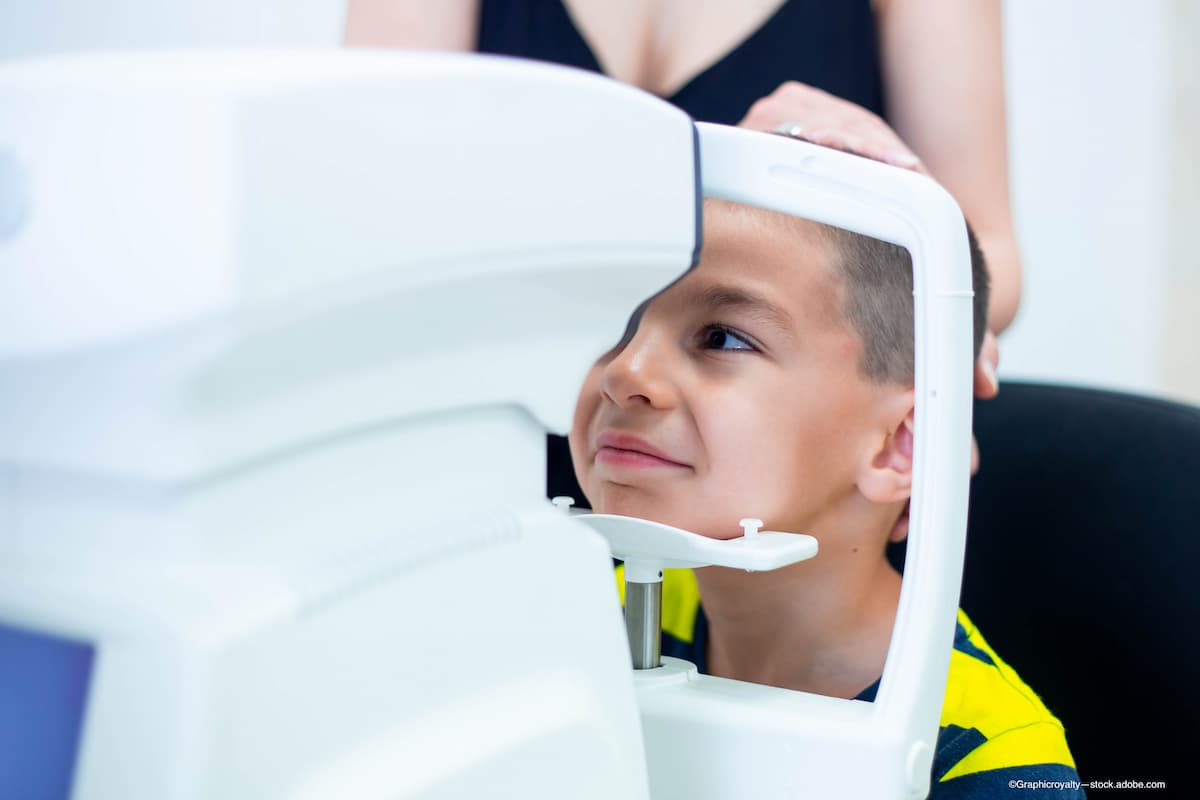
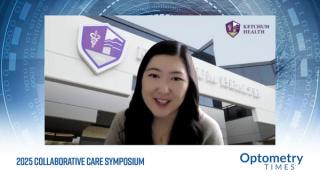
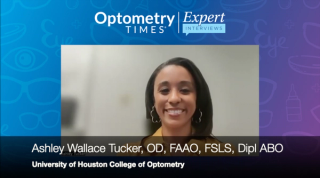

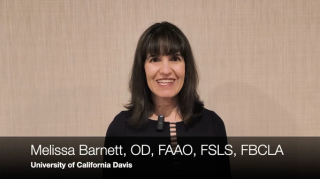
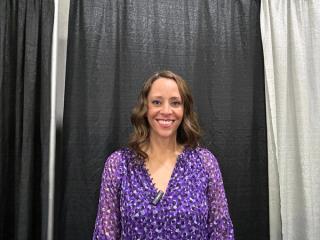
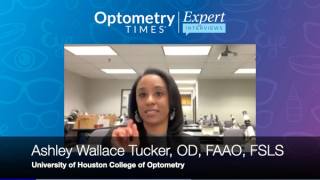
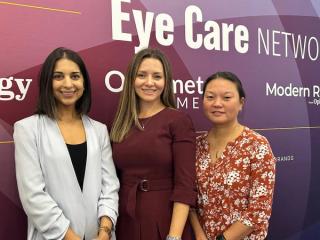
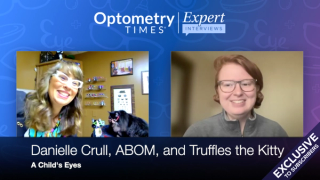
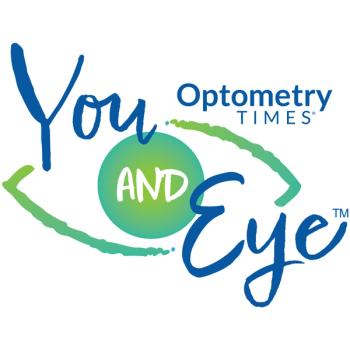
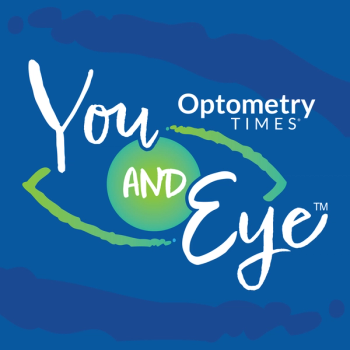
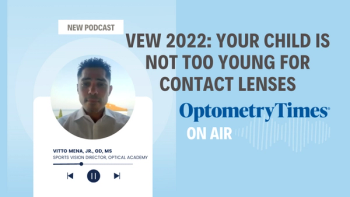












































.png)


